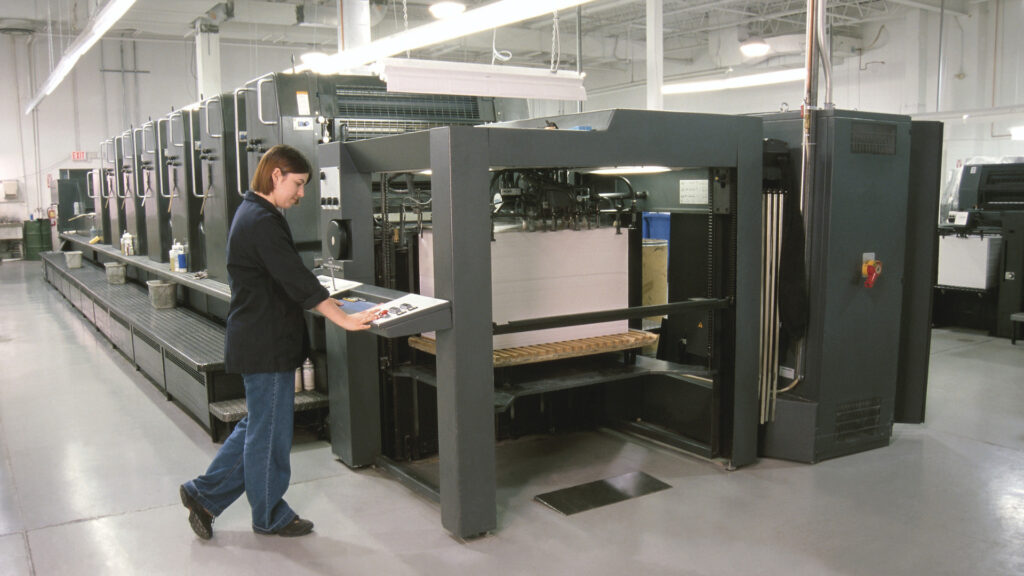Typography, the art and science of arranging type, is an essential element of design, particularly when it comes to print materials. The choice of fonts can significantly impact the readability, aesthetics, and effectiveness of any commercial printing job. Whether you’re designing a brochure, poster, flyer, or any other printed piece, understanding the basics of font selection and typography is crucial. In this guide, we will provide valuable insights into font selection, readability, and typography best practices for beginners.
The Importance of Font Selection
The first step in creating effective printed materials is selecting the right fonts. Fonts are not just a matter of personal preference; they play a vital role in conveying your message and establishing your brand identity. Here are some key considerations when choosing fonts for print:
- Legibility: The primary purpose of text in printed materials is to convey information. Therefore, prioritizing legibility is essential. Avoid overly decorative or complex fonts that can be challenging to read. Instead, opt for clean, straightforward typefaces.
- Consistency: Consistency in font usage helps maintain a cohesive and professional look in your printed materials. Choose a font for headings and another for body text, and stick to them throughout your document.
- Alignment with Brand: If you have an established brand, ensure that the fonts you choose align with your brand identity. Consistency in font usage across all marketing materials reinforces brand recognition.
- Appropriateness: Consider the context and purpose of your printed materials. Different situations may call for different fonts. For example, a formal invitation may require a more elegant font, while a playful event poster can be more creative.
Readability and Typography Best Practices
Now that we’ve emphasized the importance of font selection, let’s delve into readability and typography best practices for printed materials:
1. Font Families:
Fonts are typically categorized into different families, such as serif and sans-serif. Serif fonts have small lines (serifs) at the end of each stroke, making them more traditional and often easier to read in long passages. Sans-serif fonts lack these decorative serifs and are often seen as modern and clean. For body text in printed materials, sans-serif fonts like Arial or Helvetica are commonly used for their readability. Serif fonts like Times New Roman can work well for formal documents.
2. Hierarchy:
Create a visual hierarchy in your printed materials by using different fonts or font weights for headings, subheadings, and body text. This helps readers quickly identify the most important information. For instance, use a bold, larger font for headings and a regular font for body text.
3. Font Size:
The size of your font greatly affects readability. In general, body text should be at least 10-12 points for easy reading. Headings can vary in size depending on their importance and the overall layout of your document. Ensure there’s enough contrast between text sizes to guide the reader’s eye.
4. Line Spacing (Leading):
Leading refers to the space between lines of text. Proper line spacing is crucial for readability. Too little spacing can make text feel cramped and challenging to read, while too much can create confusion. Aim for a line spacing that allows the text to breathe and facilitates smooth reading.
5. Kerning and Tracking:
Kerning adjusts the space between individual characters, while tracking adjusts the space between all characters in a line of text. Fine-tuning these aspects can improve the overall appearance and readability of your text. Avoid excessive tracking or kerning, which can lead to awkward spacing.
6. Contrast:
Ensure sufficient contrast between the text and the background. Black text on a white background is a classic choice for readability, but you can experiment with other combinations as long as they maintain high contrast.
7. Avoid Too Many Fonts:
While it’s tempting to use a variety of fonts to make your design more interesting, overusing fonts can create clutter and confusion. Stick to a maximum of two or three fonts to maintain a clean and cohesive look.
8. Test and Proofread:
Before finalizing your design, print a sample or view it on different screens to ensure the fonts appear as intended. Additionally, thoroughly proofread your text to catch any typos or layout issues that may affect readability.
Typography is a fundamental aspect of commercial printing. By carefully selecting fonts, prioritizing readability, and following typography best practices, beginners can create visually appealing and legible printed materials that effectively convey their message. Remember that practice and experimentation are key to mastering the art of typography for print, so don’t be afraid to explore and refine your skills over time.

